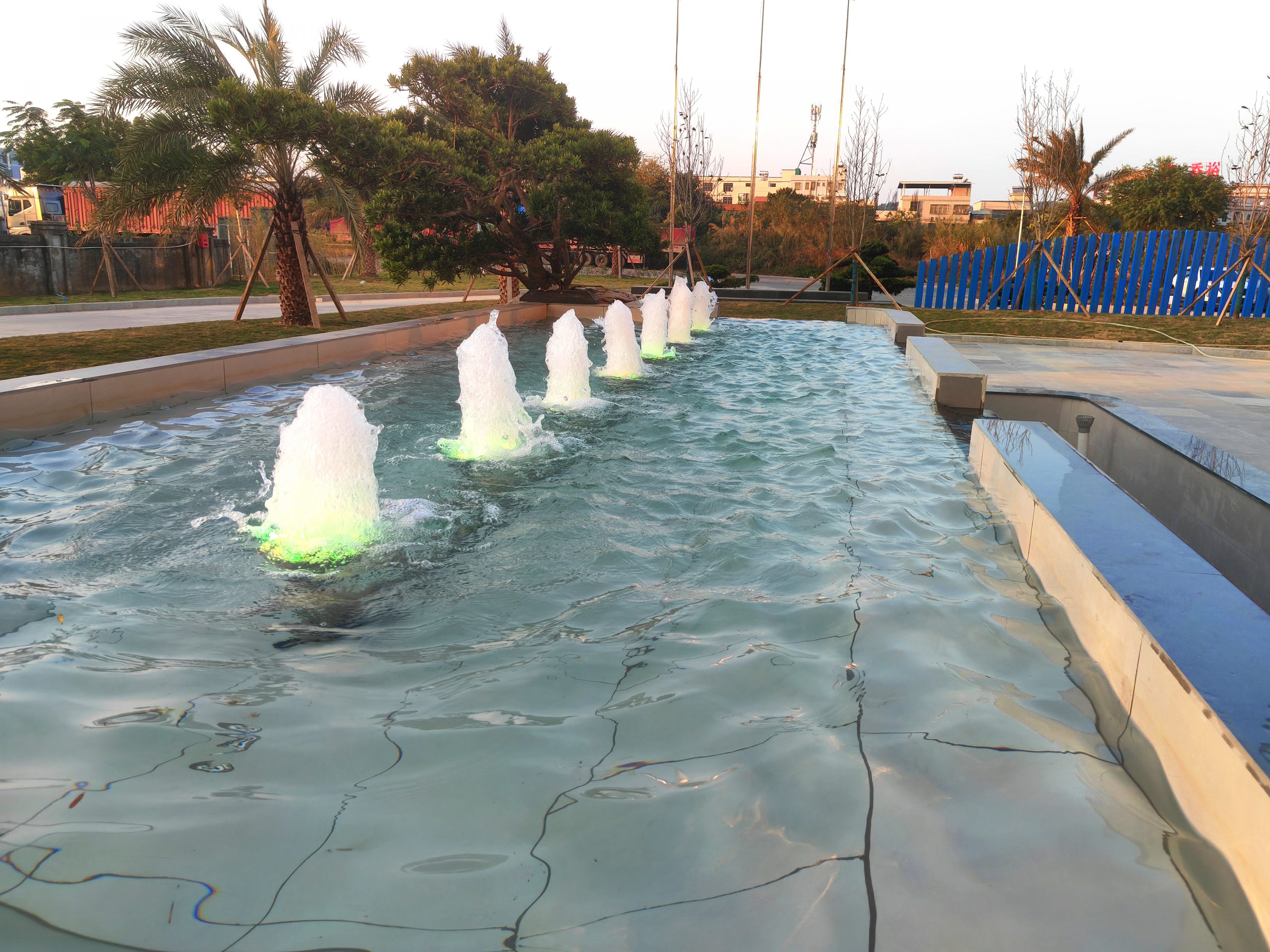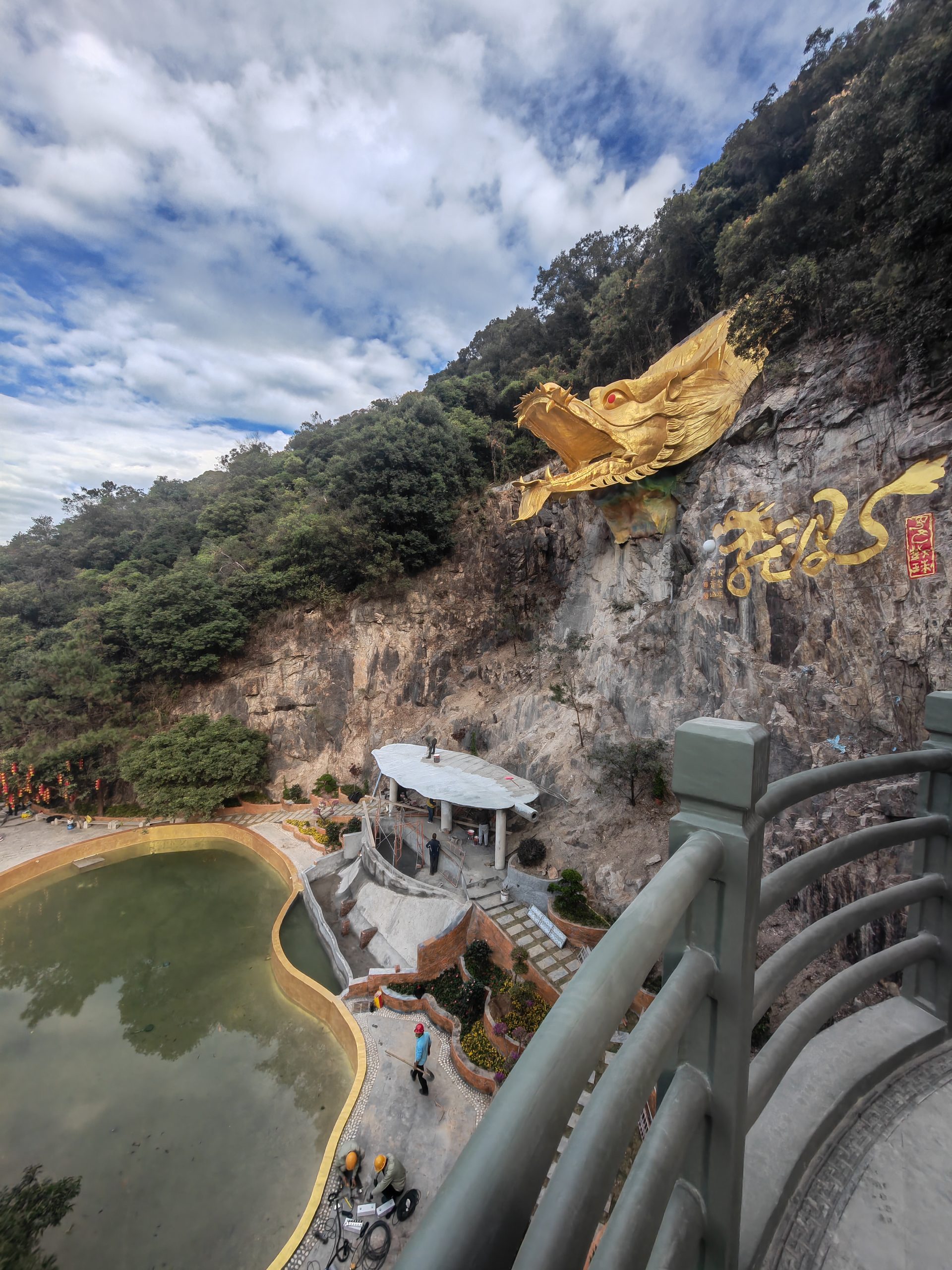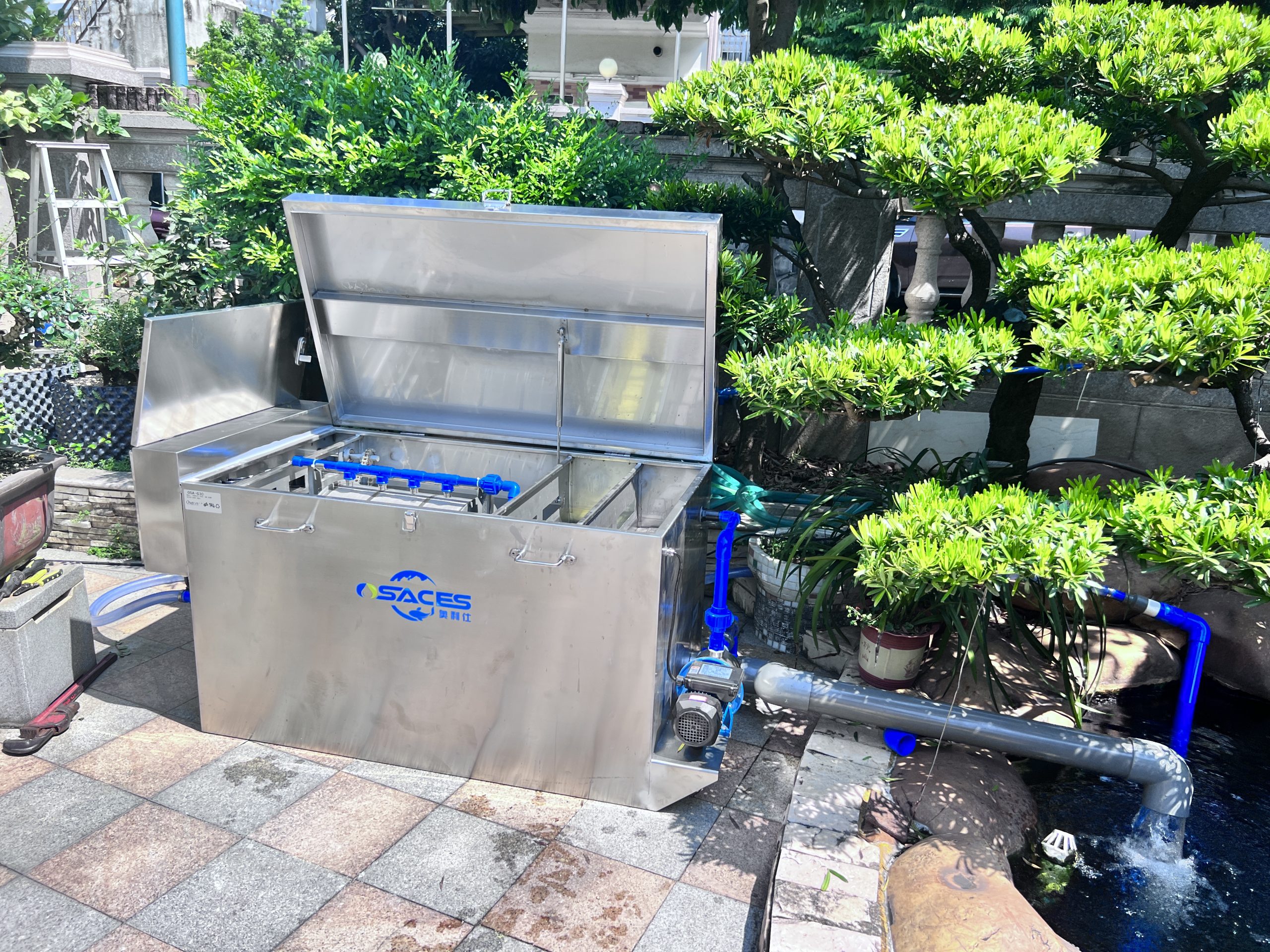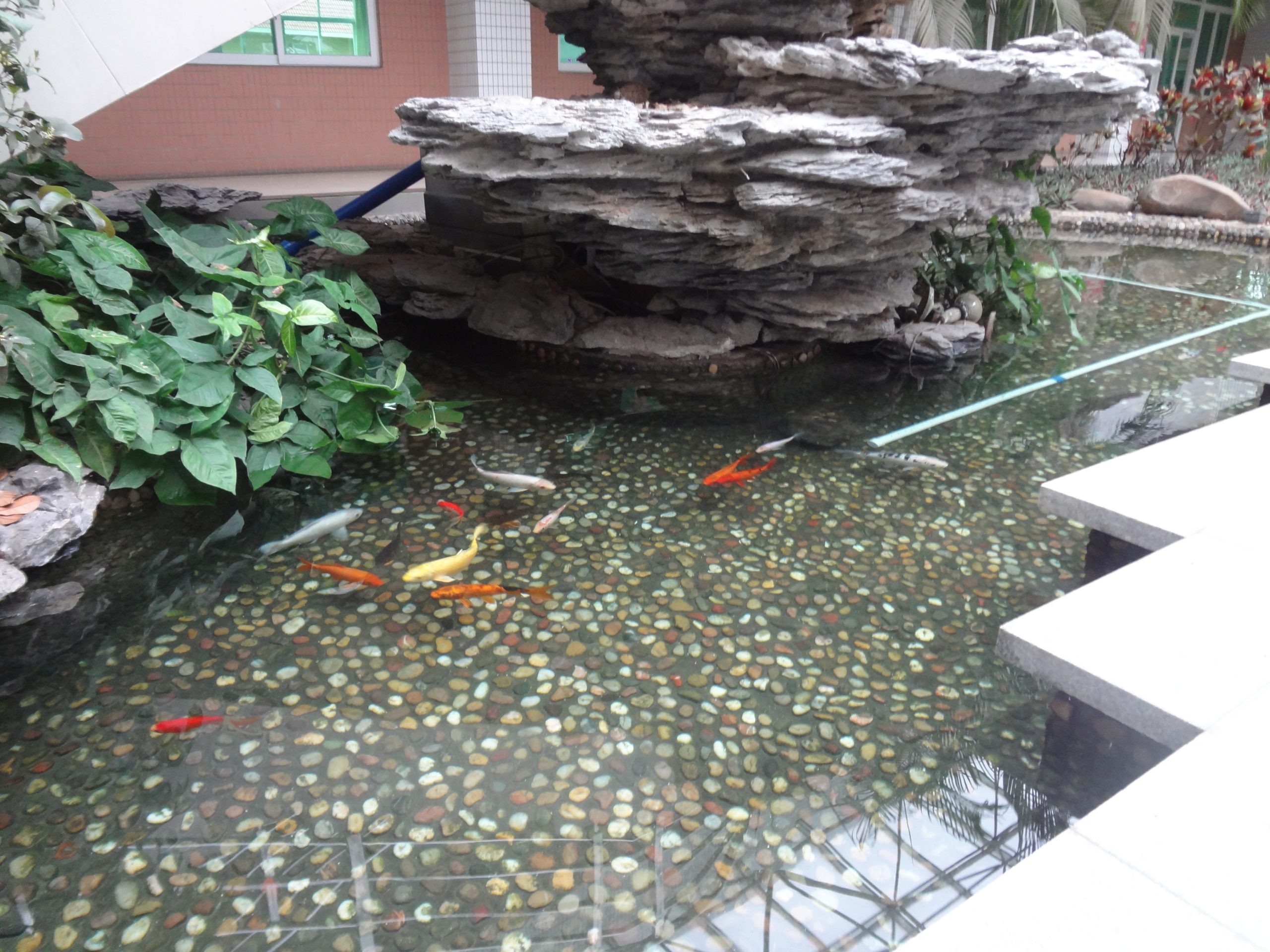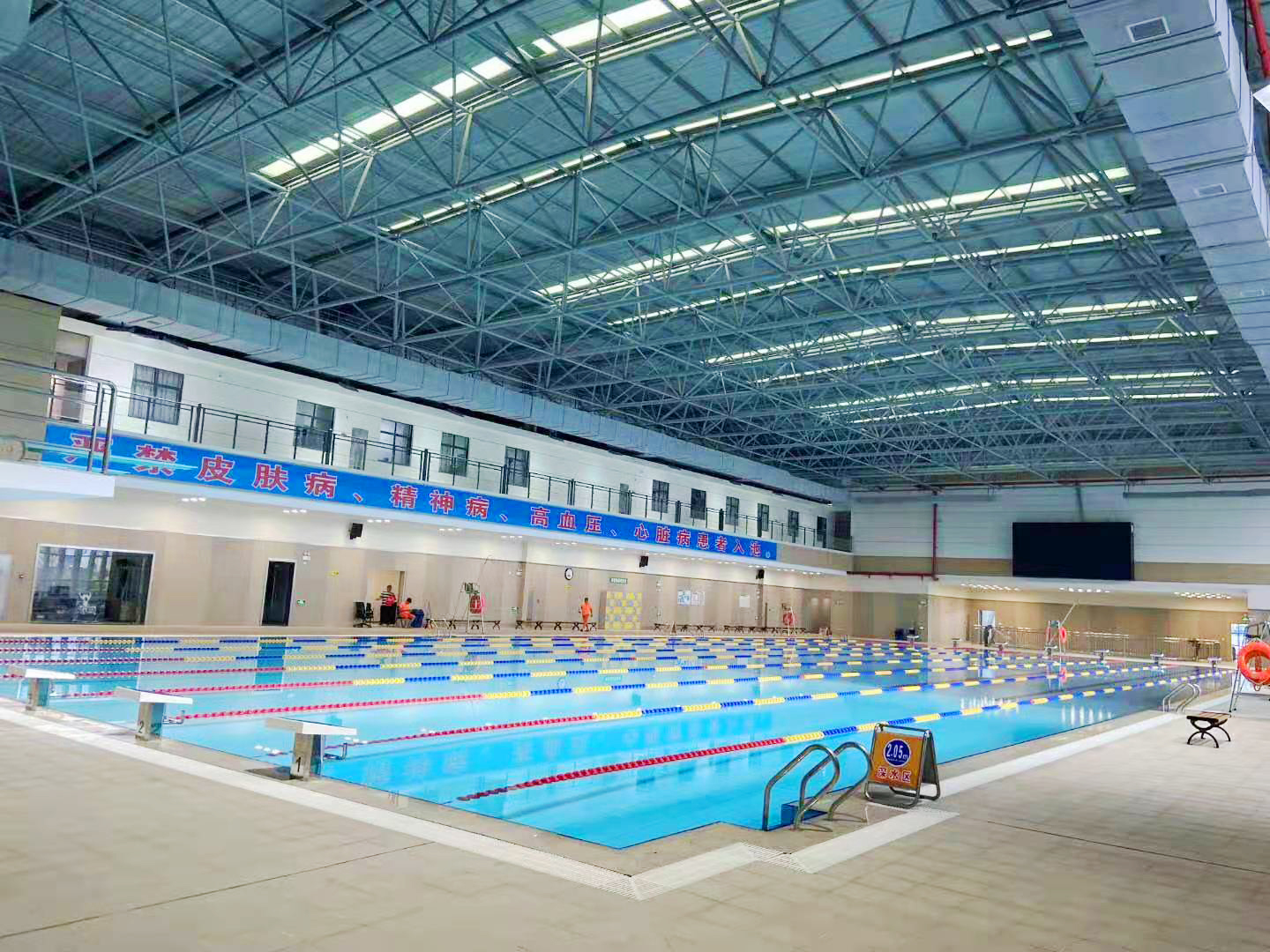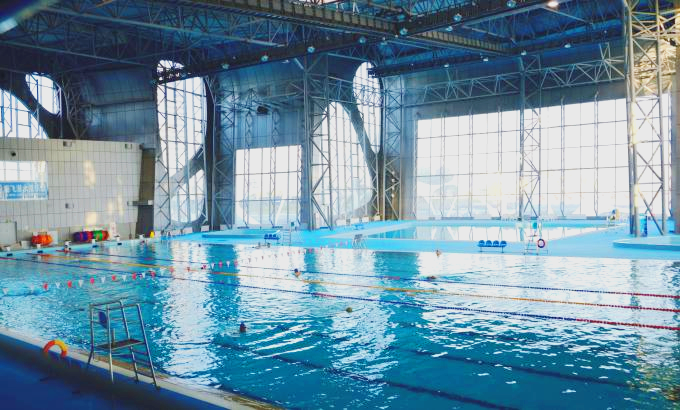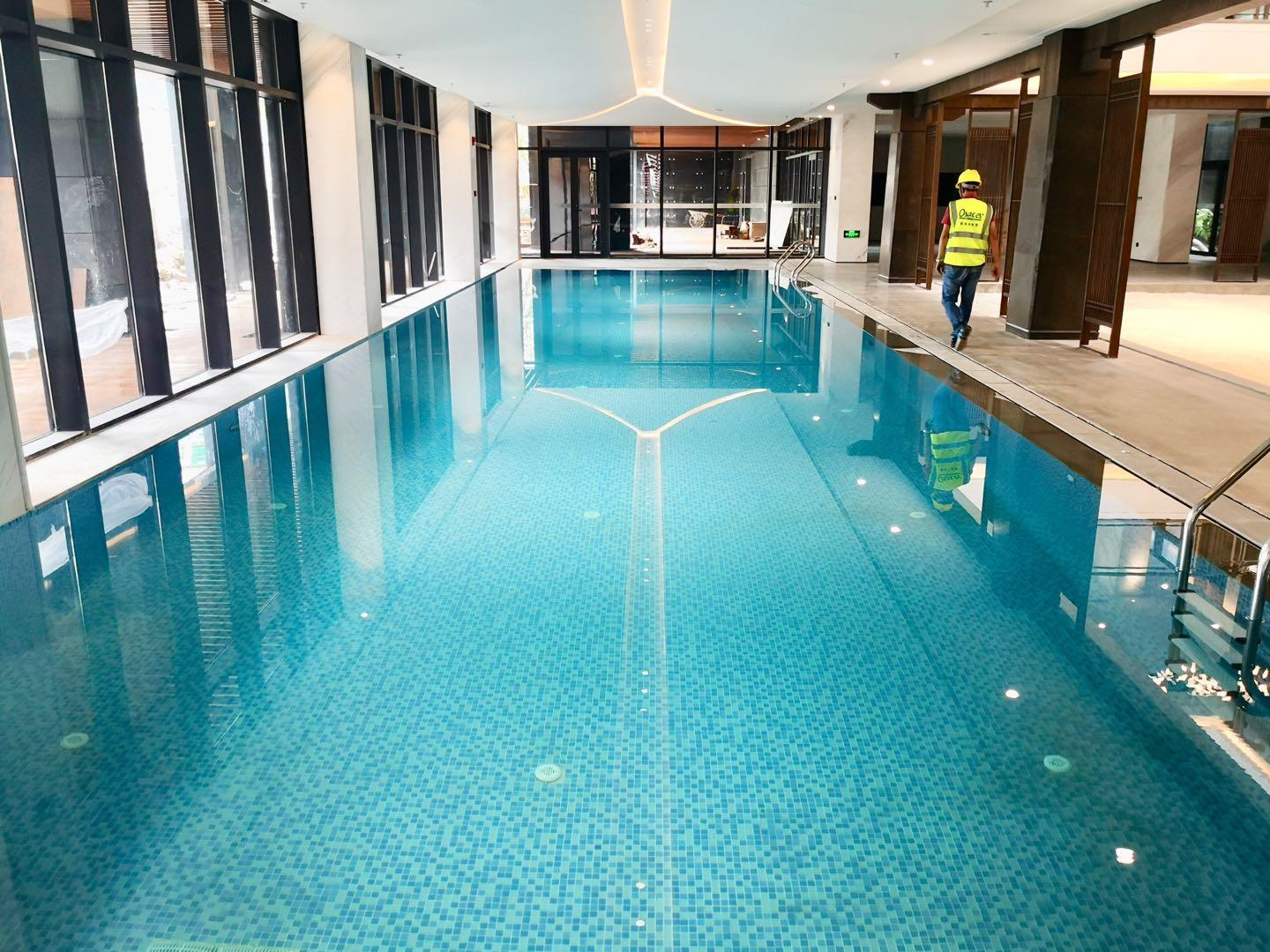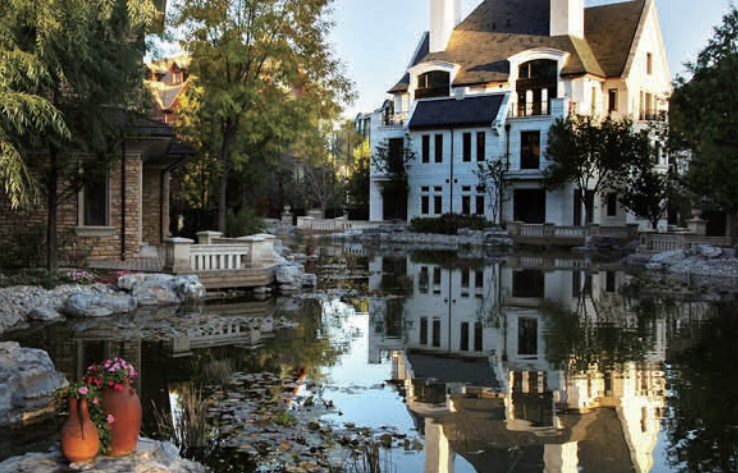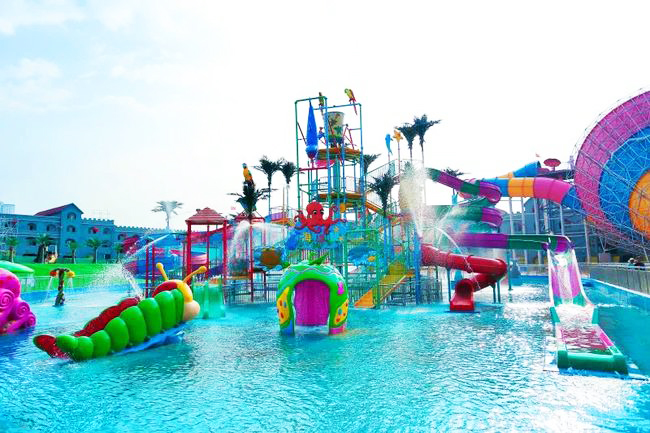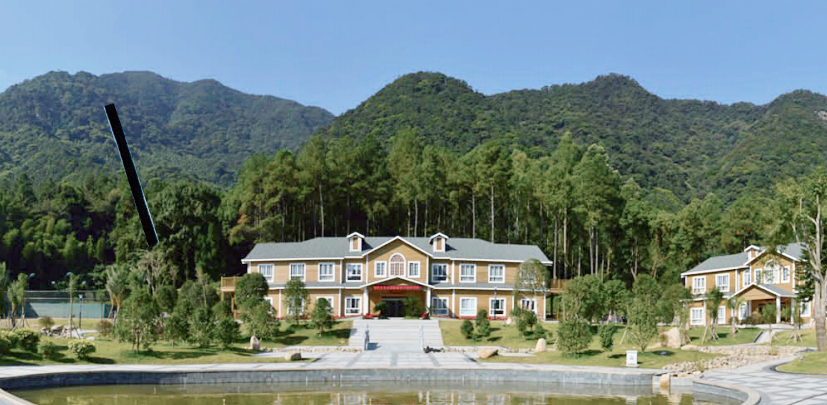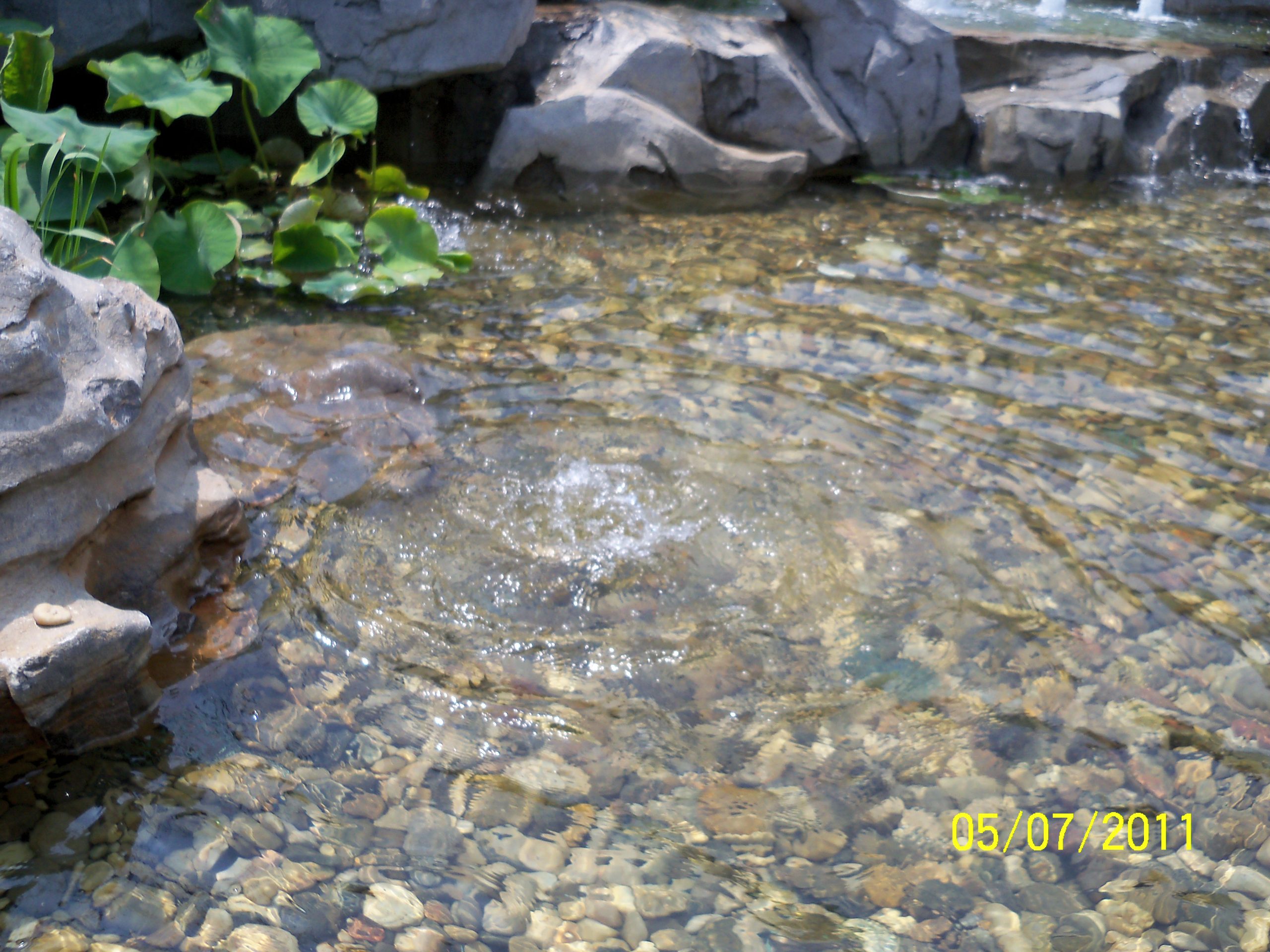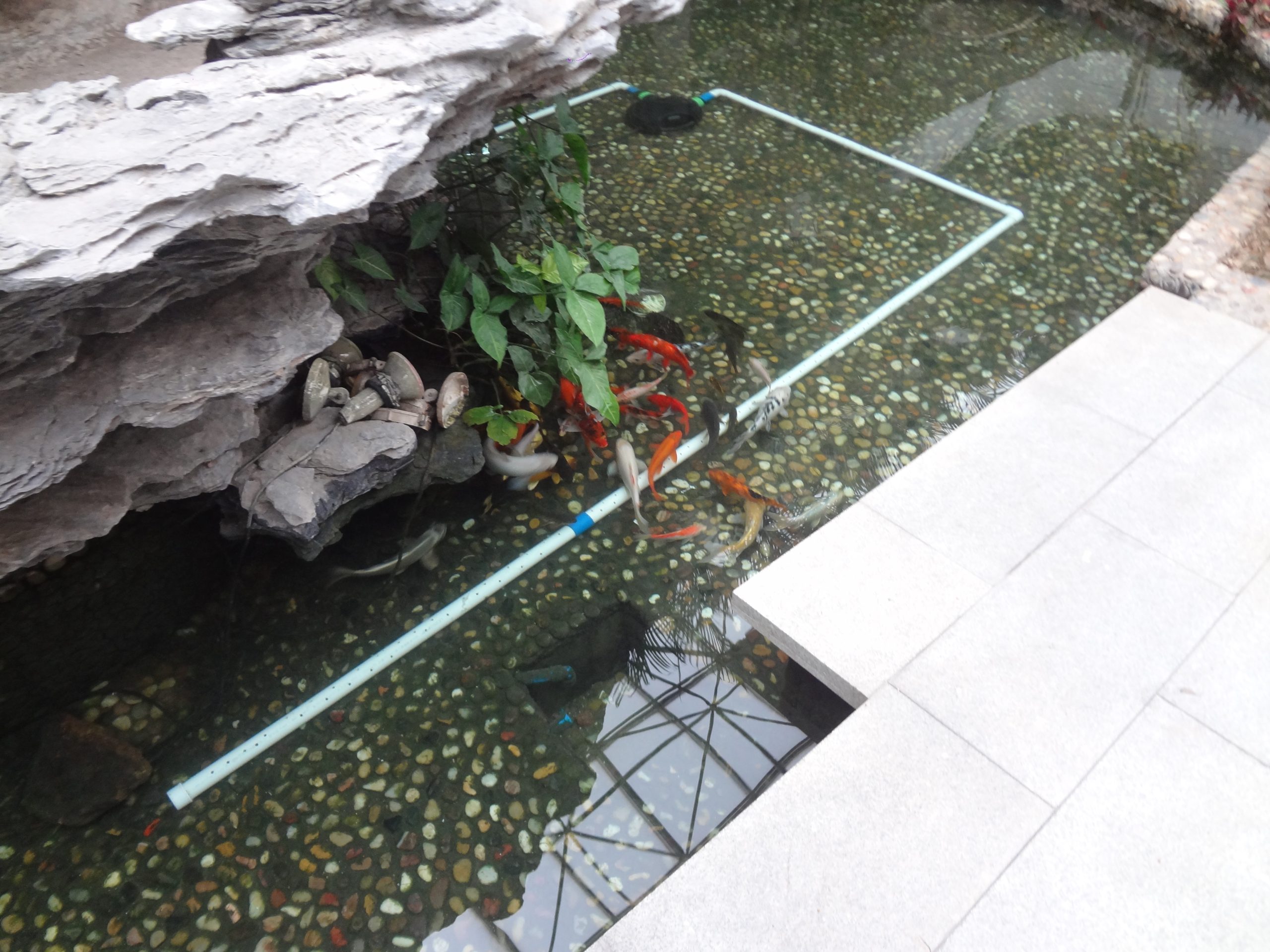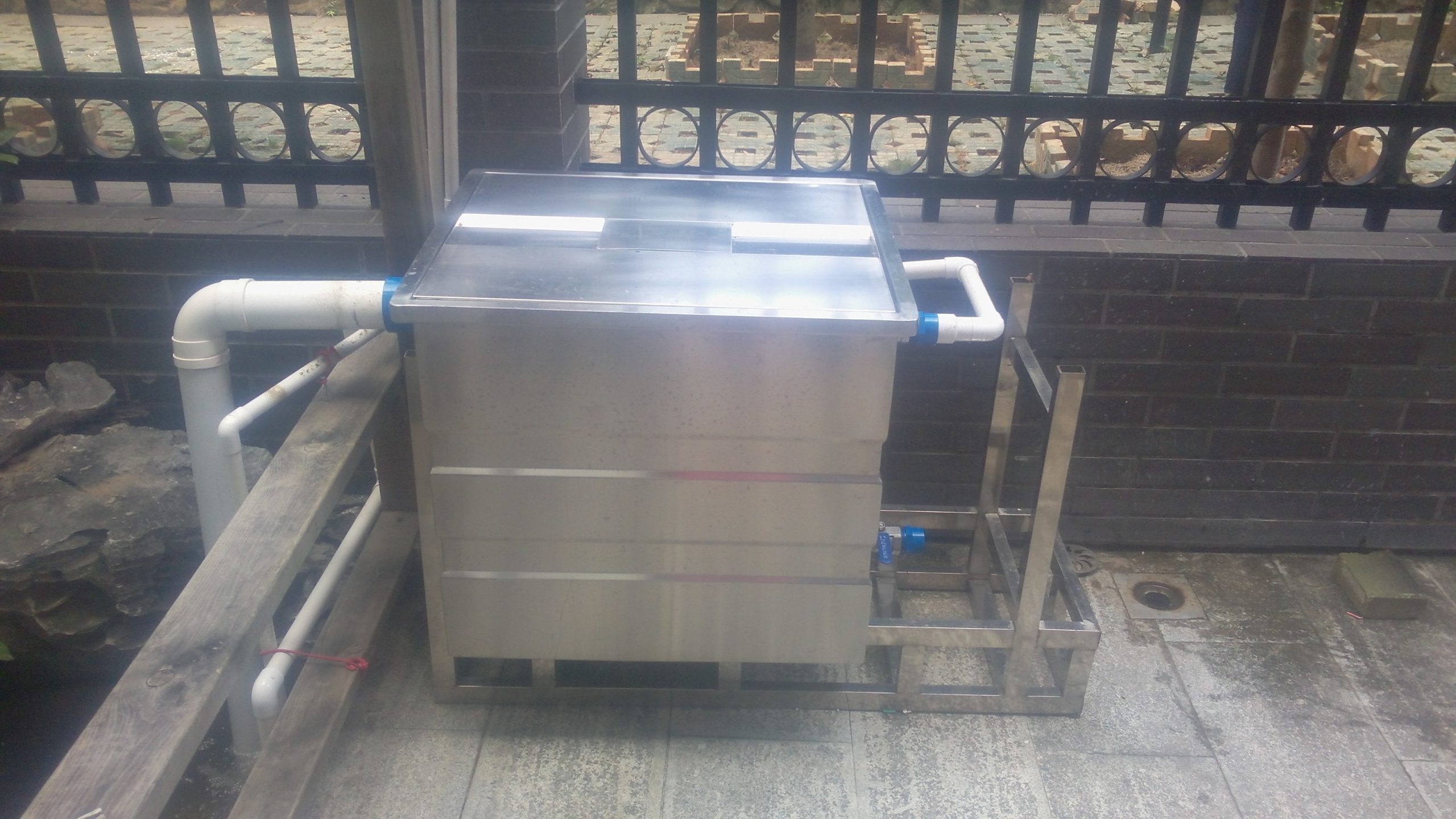News Center
contact details
 Ollies (Guangzhou) Recreation and Sports Equipment Co.
Ollies (Guangzhou) Recreation and Sports Equipment Co.Tel: (020) 82686289
Fax: 020-82694853
Headquarter: No.31-37, Xincun 2 Road, Shangjiang North Street, Dongzhou Village, Xintang Town, Zengcheng City, Guangzhou, Guangdong, China
Main causes of unclear water quality in koi ponds
The three main causes of water turbidity, summarized they are: 1. physical turbidity, 2. chemical turbidity, 3. biological turbidity.
B: High feeding volume
C: Large gap between the volume of the filtration basin and the proportion of the total water column (i.e., the filtration system is too small)
D: Filter material is aged and not regularly cleaned and replaced
E: No or no germicidal lamps
F: Inferior filter material was used
All of the above can lead to aging or over-fertilizing of the water, or to deterioration of the water quality, which can lead to the growth of bacteria or parasites in the koi pond water. Poor water quality can cause koi to move slowly and poorly as well as get protein worms or other parasites, and if the koi are injured, bacteria can easily take advantage of the situation.
This is usually caused by residual chemicals in the water and the soaking time of the color enhancing feeds, which are not cleaned up in time and can make the koi feel unwell. The water may contain viruses or harmful bacteria which, after a long soak in a drug solution, can become resistant to the drug, and the koi will also become resistant to the drug. The koi will also become resistant to the drug, which means that the drug will be ineffective in the case of this fish disease. Therefore, after treating koi fish disease, theBe sure to adsorb it with activated charcoal in a timely manner.
The main reason is that the organic matter in the water, such as fish feces or residual food, provides a large number of food sources for heterotrophic bacteria, which multiply rapidly and in large quantities. Due to the presence of a large number of heterotrophic bacteria in the water, the concentration of "ammonia", a product of fish metabolism, will also increase, which greatly increases the working capacity of the nitrification system and creates a burden. At the same time, it may inhibit the reproduction of nitrifying bacteria. The gradual accumulation of these ammonia toxins can cause ammonia poisoning and even death of koi fish.That's why some ammonia-absorbing rocks need to be added to the filtration pond.
Related content
- Don't let rotting tails affect the koi's aesthetics
- What kind of water is good for fish? Talking more about green water for fish
- What to do if the water in your fish pond is unclear? How to keep the water fresh and clear
- Are you ready for the golden age of koi growth?
- What causes new koi to get sick easily?
- Case Sharing--Foshan Shunfeng Mountain Park 3600 square meters landscape pool purification project
- Case Sharing||Huizhou-- Intelligent Terminal Beidou Industry Production Project Fountain Fish Pond Purification Project
- Guangdong Guanyinshan National Forest Park 300m³ landscape fish pond purification project

